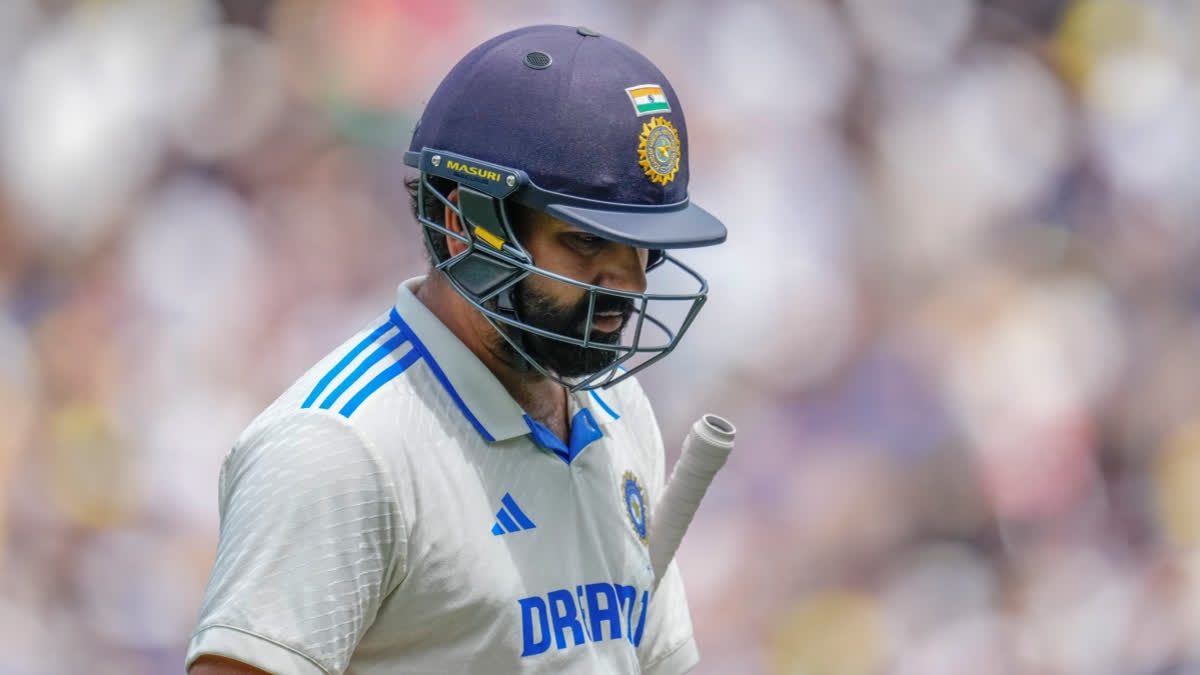Melbourne: Former India coach Ravi Shastri believes that Virat Kohli still has 3-4 years of cricket left in him, but skipper Rohit Sharma will to make a call, assessing his future after the ongoing Border-Gavaskar Trophy 2024-25 against Australia, considering his prolonged struggle with form and technique in the Test cricket.
Experienced India batters Rohit and Kohli are under scrutiny for their below-par performances during the ongoing five-Test series in Australia and the home series against New Zealand. Rohit has scored 619 runs in 26 innings at a below-par average of 24.76 while Virat has managed 417 runs in 19 innings, averaging a mere 24.62 this year.
Where do #RohitSharma and #ViratKohli's futures lie? @RaviShastriOfc shares his take! 🗣#AUSvINDOnStar 👉 4th Test, Day 5 LIVE NOW! | #ToughestRivalry #BorderGavaskarTrophy pic.twitter.com/nJoIhPIwQS
— Star Sports (@StarSportsIndia) December 30, 2024
The numbers are even worse when you just talk about the ongoing series five-match Test series down under. Rohit has managed just 31 runs across five innings, scoring 3, 6, 10, 3, and 9 at a dismal average of 6.20, the lowest by a touring captain on the Australian soil. Kohli, despite a hundred in the Perth Test, has struggled with consistency, scoring 5, 100 not out, 7, 11, 3, 36, and 5 in the series so far. Notably, Australia's Steve Smith and Travis Head were also struggling with their Test forms, but once they got going, both of them scored on two consecutive occasions in the ongoing series.
"(I) Think Virat will play for some time. Forget the way he got out, or whatever. I think he'll play for another three or four years," Shastri told Star Sports. "As far as Rohit is concerned, it's a call. At the top of the order, just feel the footwork isn't the same. He's probably late at times in meeting the ball. So, it's his call at the end of the series."
Shastri pointed out technical issues in Rohit's batting, especially his front-foot movement. "At times, we've seen in the series that his front foot isn't really moving towards the ball as much as it should. There's a trigger movement, and then after that, the leg stays planted," he explained.



